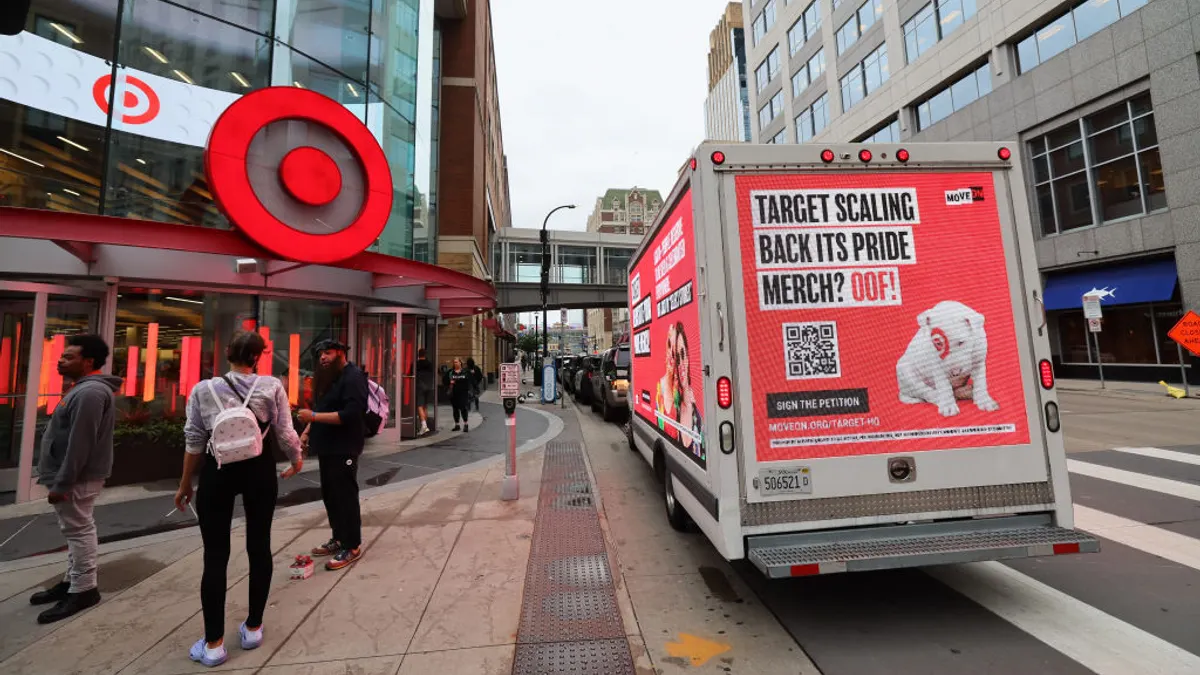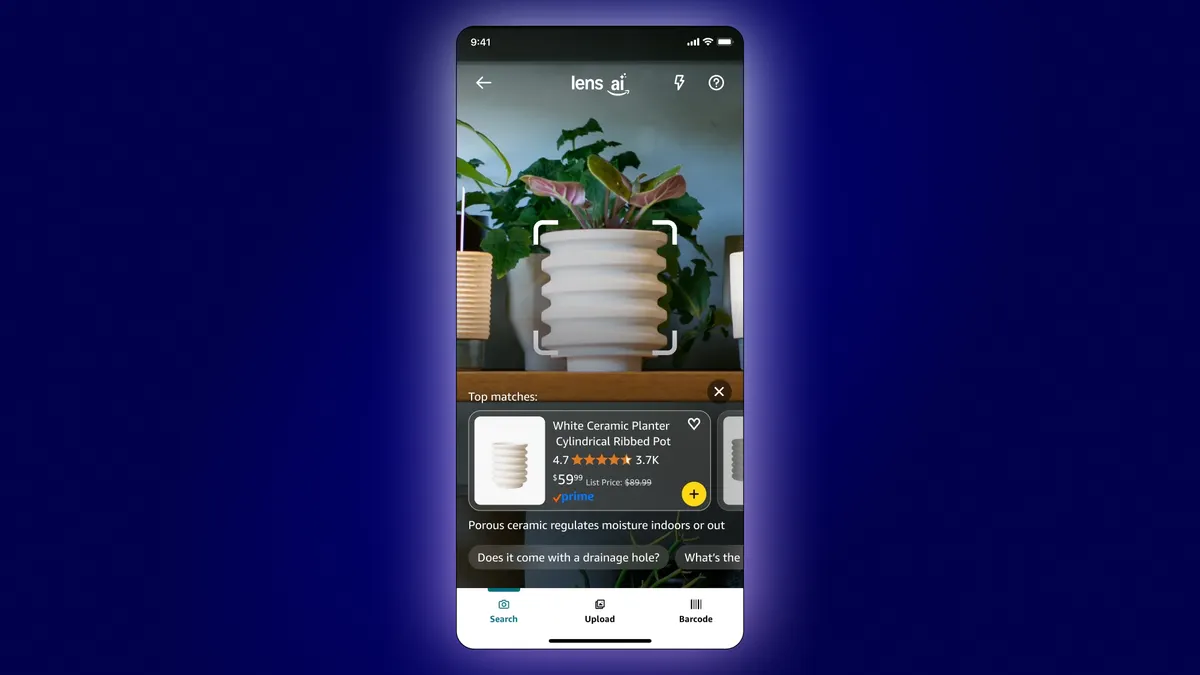Less than two years after opening its first Canadian store, Target surprised the retail industry by announcing that it will close of all of its 133 locations in the country. In a move that will cost the retailer $5.4 billion in pre-tax losses and leaves 17,600 people without jobs in the country, it was a less-than-stellar showing for the company’s first foray outside of the U.S. market.
Noticeably in trouble for some time, Target's Canadian operations were in CEO Brian Cornell's crosshairs soon after he took over the top spot in August last year. The retailer had been drawing attention for un-stocked shelves and high pricing in Canada before then, but it seems that problems persisted even after Cornell gave the issue his attention.
“After a thorough review of our Canadian performance and careful consideration of the implications of all options, we were unable to find a realistic scenario that would get Target Canada to profitability until at least 2021,” Cornell said in a statement announcing the end of Target's Canadian operations.
Beyond logistical problems, Target’s exit from Canada left some in the industry wondering if the popular American retailer will try another venture abroad in the future. And if not, can it continue to grow only in the U.S. market, where the retailer is already well-equipped with 1,801 stores?
Target's Canadian expansion: 'A little too much, much too fast'
“With the benefit of hindsight, looking back, we took on a little too much, much too fast,” Molly Snyder, spokeswoman for Target, told Retail Dive in an interview.
Launching 124 stores in just one year gave the retailer little space to make mistakes and learn, which would have been hugely beneficial when entering a new market. Many of Target’s target Canadian customers were familiar to the brand through cross-border shopping experiences, Snyder said. Although the familiarity might have worked to its benefit, Target’s failure to set up strong supply chains and merchandising strategies from the get-go quickly led to customer dissatisfaction.
“When you add it all up, it just became too much, and even though we had made tremendous progress in [Canada], we were unable to inspire the guests to come back and shop us again,” said Snyder.
Target “looked at every possible scenario” to save its Canadian operations, according to Snyder, including closing distribution centers, shutting down a flat number of stores, or operating with a smaller footprint. None of them would bring the retailer to profitability for at least six years.
Why Target failed in Canada
From the beginning, Target’s Canadian operations had multiple glitches that ultimately deterred shoppers from shopping again at its stores.
“We had challenges with our supply chain and distribution, issues with in-stocks and out of stocks, issues with pricing and competitive pricing, which led to issues with pricing perceptions,” Snyder told Retail Dive.
These challenges were attributed in part to increased competition in Canada from rivals like Wal-Mart Canada Corp., leading to price wars and low inflation. Fluctuating exchange rates between the American and Canadian dollar also led to higher prices in Target’s Canadian stores when compared to U.S. Target stores — a difference that did not go unnoticed by customers and led them to shop elsewhere. The retailer also omitted some of the exclusive brands Target is known for from its Canadian inventory, and failed to offer a sufficient online presence in Canada, which had brought the retailer considerable success in the U.S. market. The company's Canadian operation was unsuccessful in turning a profit during the past holiday season.
“What we were striving to bring to Canada was an experience that was both distinctly Target and appropriate for Canadians,” said Snyder. “And unfortunately, the guests just didn’t respond to our business.”
After Canadian failure, what now for Target?
While Target's failed expansion to Canada has some questioning the future of the retailer, Target still has potential avenues for growth in the U.S.
On a Jan. 15 conference call with investors, the company said it saw promising digital sales this past holiday season, with e-commerce representing a significant portion of overall sales growth during Target's fourth quarter. While some may attribute this growth to Target’s free holiday shipping offer, CFO John Mulligan noted on the call that the company continues to see digital sales “accelerate.”
The retailer may have some promise at physical stores with its signature apparel and home categories. Earlier this month, Target announced a collaboration with popular resort wear and preppy essentials designer Lilly Pulitzer to launch in April.
Target will focus now on its expansion plans for the smaller-format City Target going forward, with plans to open in Boston and Brooklyn in 2015, Cornell said on the call. Perhaps already learning from its Canadian disaster, it seems that the retailer is doing this launch at a much slower pace. Reaching urbanites with City Target's in-and-out store format, early success will be essential for the retailer to show it has learned from the failure of its Canadian operations.
What seems certain is that Target will not be looking to expand outside of the U.S. again anytime soon.
“We're just incredibly focused on our U.S. operations; we’re seeing renewed momentum in the U.S., so that’s really where our focus is on,” said Snyder. “As our CEO has talked about quite a bit, the retail landscape is going though quite a change right now. We’re going to be focused on making sure our business is changing and transforming with those changes in order compete and thrive.”



















